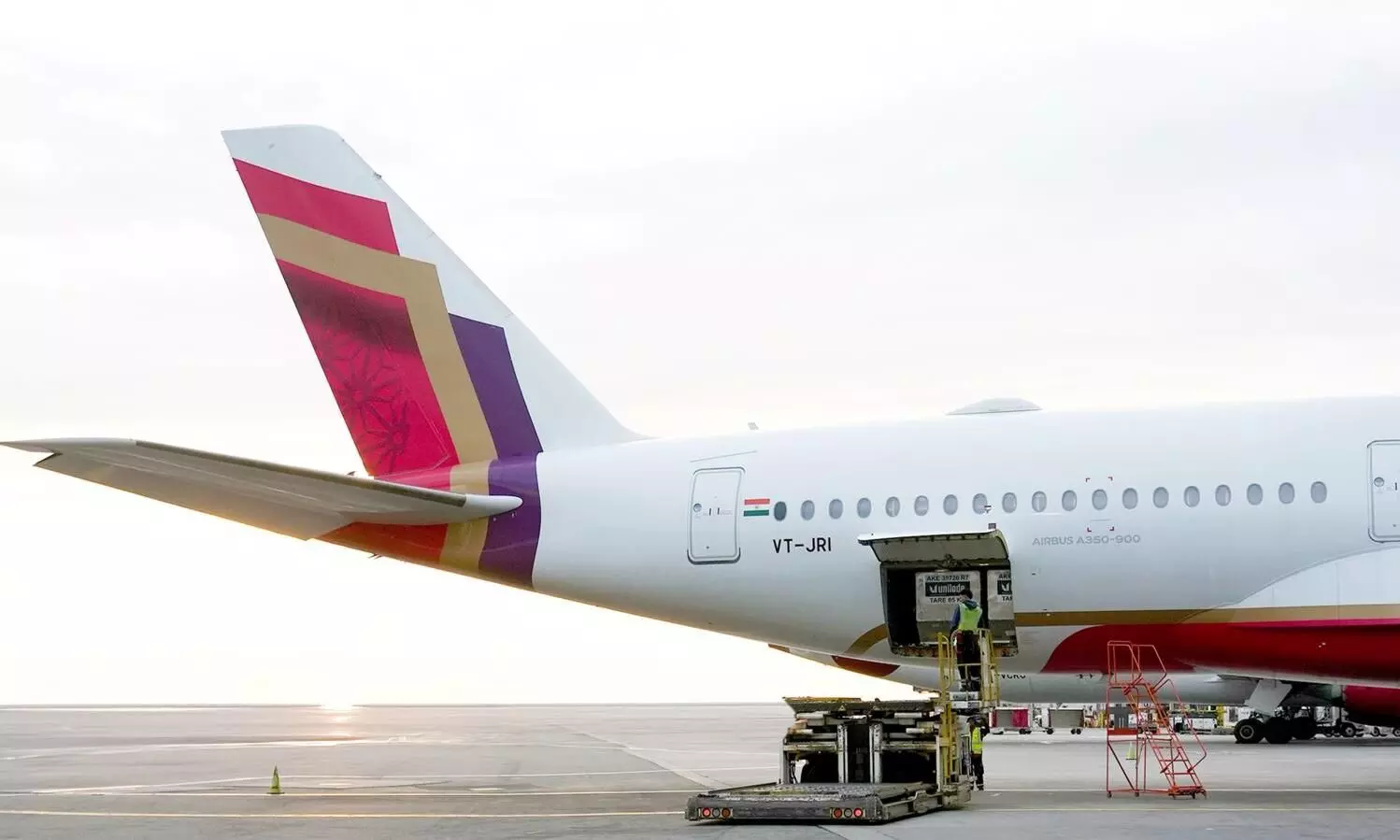
India lifts cargo re-checks, can infrastructure handle the shift?
The BCAS has eased cargo re-screening rules at transfer airports—a welcome move, though routing through designated areas adds complexity. We speak to industry insiders.

India has scrapped the requirement for mandatory cargo re-screening at transfer airports, a significant move to simplify and speed up air cargo logistics.
The Bureau of Civil Aviation Security (BCAS) has issued a new directive detailing standard security protocols across four cargo transfer scenarios: international to international, international to domestic, domestic to international, and domestic to domestic.
Under the new rules, transfer cargo must be routed through a Transfer Cargo Security Hold Area (TCSHA), unless it is directly moved between aircraft within a two-hour window.
Although the new BCAS rule is expected to reduce delays at key transhipment hubs like Mumbai, Delhi, and Kolkata, and has been welcomed by air cargo stakeholders, some have raised concerns about implementation challenges, particularly at airports that lack the required TCSHA infrastructure.
While stakeholders have noted that developing a TCSHA requires substantial time and investment and that the transition period may be too short for many airports to fully set up the necessary infrastructure, opinions remain divided, with some disagreeing and others uncertain about the actual impact.
The STAT Trade Times spoke with several industry leaders and stakeholders, who welcomed the move but highlighted potential hurdles in airport readiness, workforce training, and procedural clarity.
“Truly delighted since this is a significant step towards attracting the much-needed transhipment cargo through such a strategically located country at the crossroads between the East and the West,” says Balasubramanian P., Founder and CEO, Air Cargo Consultancy International Services (ACCIS), an air cargo consultancy service organisation that is involved in providing expertise in air cargo & aviation in the areas of strategy & training.
Highlighting the challenges, Balasubramanian P. noted, “The main challenges would be potential congestion of such dedicated spaces in the airport sooner rather than later - of course, it is a 'high class' problem for any country to have. Such a scenario should not hold us back in our overall efforts to grow the volumes significantly higher in establishing India as a 'reliable, robust' transhipment point for global trade.”
A Blue Dart Boeing 757F in operation for DHL/ Image: Meljoe Ferreira via LinkedIn
Venkatesh Iyer, Vice President–Commercial at Sharaf Cargo India, an air freight service provider headquartered in the UAE with operations across South Africa, India, and the United Kingdom, representing over 20 airlines, welcomed the BCAS directive. “This is great news as this will reduce the transit time and avoid multiple handling.”
“I do not see any risks as this will help overall to be more efficient, reduce transit time for customers and offer more value for air products,” he adds.
The addendum came into immediate effect, allowing a three-month window for airports and regulated agents to set up compliant facilities.
“Some initial procedural and operational challenges can be expected during the early stages of implementation. As transshipment volumes grow, infrastructure, particularly in terms of available floor space, may become a limiting factor. Close collaboration among service providers, facilitators, and regulatory authorities will be essential to ensure a smooth and secure rollout,” says a Lufthansa Cargo spokesperson
When asked whether current airport facilities and processes, particularly TCSHAs, are adequate to support this change across India, reactions were mixed, reflecting a blend of optimism.
Lufthansa Cargo spokesperson states, “It is still too early to assess whether current airport facilities and processes, including those managed byTCSHAs, are adequate to fully support this change on a national scale. However, if all parties work together effectively, this reform could significantly strengthen India's position as a regional and potentially global air cargo hub.”
Offering a more confident view, Iyer of Sharaf Cargo India simply responded, ‘Definitely.’
“As the famous saying goes - Rome was not built in a day - so is the success of the transhipment initiative of India. Quite a close co-ordination between airport custodians and BCAS is the need of the hour to ensure that this exercise starts off meaningfully, followed up keeping growth prospects in mind and attracting more volumes,” mentions Balasubramanian P.
When asked whether securing the ramp area could be a better alternative to using the TCSHA facility, Iyer noted that the ramp is already congested and therefore not a practical option.
Balasubramanian P. supported the idea of securing the ramp area as a viable alternative to relying solely on TCSHA facilities. He emphasised the need for optimal utilisation of limited airport real estate, “I have always been championing the cause of 'optimal utilisation of the scarce real estate space in any airport' in fact, exports, imports and transhipment cargo should be able to be stored, handled side by side in line with international practices at almost all major air cargo terminals. Of course, the associated challenges shall be thoroughly analysed, credible sustainable measures to overcome them to be implemented, thus truly taking India to greater heights as an international transhipment hub. This applies to even the space within air cargo terminals as well which would require co-ordination among regulatory authorities such as Customs and BCAS to make this happen.”
Notably, the BCAS circular specifies that TCSHAs must be equipped with controlled entry and exit points, screening facilities for personnel, sufficient space for storage and unitisation, and round-the-clock CCTV surveillance. Continuous visual or electronic monitoring is required during the entire cargo dwell period, and all cargo movement between the aircraft and the TCSHA must be escorted by authorised security personnel.
To ensure the smooth and secure implementation of the new BCAS rule, Balasubramanian P. emphasised that, as a first step, all airport operators must ensure that the dedicated space allotted for this purpose takes the potential diversion of transhipment cargo through India as a distinct and real possibility by providing more land space for this purpose - this is crucial for us to attract more transhipment cargo.
Responding to the same question on what further steps regulators or airport operators should take, Venkatesh Iyer added, “Once cargo arrives in custody of the custodian, they must ensure that the process to transfer to another airline is done faster as warehouses are meant to clear cargo immediately.”
The BCAS directive also formally permits tail-to-tail cargo transfers, direct movement from one aircraft to another, without TCSHA involvement, provided the entire process is completed within two hours. Several experts, including Balasubramanian P., have suggested extending this window to four hours. “I would like this to be four hours, going by global experience,” he notes.
While the full implications and efficiency of ending cargo re-screening remain to be seen, it is clear that this reform was long overdue and is likely to benefit stakeholders in the days ahead.

